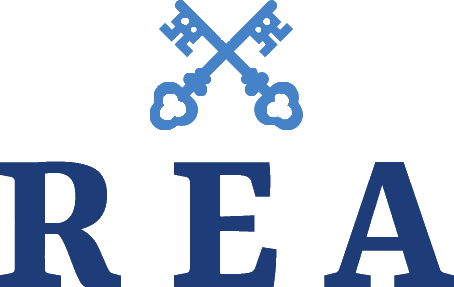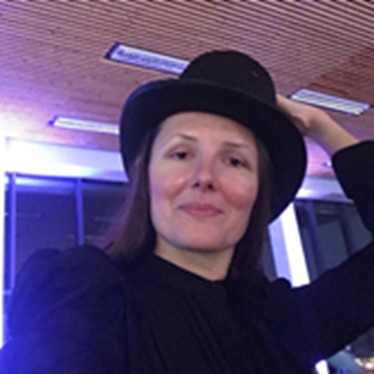About Hupmobile Participatory.Tools
Hupmobile’s Participatory.Tools is created as part of Hupmobile project’s activity 6.3 Improving Stakeholder Processes (lead by City of Riga) and activity 3.1 Everyday mobility in BSR port cities (lead by Aalto University DBE). The activity aims on improving and broadening the stakeholders’ involvement processes and assisting the cities in their work with stakeholders within the core activities of the HUPMOBILE project and beyond.
The Participatory.tools webpage consist of a set of guidelines on how to arrange a large-scale and effective public engagement process. The toolkit includes detailed descriptions of 16 traditional and 16 online participation methods and a sophisticated search engine that helps find a suitable combination of methods for each case. There are also descriptions of current participatory planning practices of our partner cities and some other cities that have developed advanced approaches.
The selection of methods described in Participatory.tools webpage is meant to grow in the future. Please contact us if you have used a public engagement method that works well and deserves to be included in this collection!
The onslaught of Covid-19, social distancing, and travel restrictions highlighted the urgent need for decent online participatory & engagement tools and methods to support the stakeholder interaction at the time when onsite in-person interaction was not possible. To mitigate the disruption in stakeholder involvement processes two Hupmobile project activities (3.1. & 6.3) were merged to create the Participatory.tools platform.
On the one hand, the Mobility Management Guidebook for Port Areas (output of WP3.1) was described in the project plan in the following way: The guidebook enables the cities to produce local public participation processes that – instead of reactive data gathering – move towards more proactive and effective mobility management solutions that will connect more directly to the planning process and decisions. The guidebook, available online on the project website, presents practical steps or roadmap of how to collect planning-relevant data of mobility practices, how to develop the viewpoints further with citizens and how to incorporate and utilize the results in local planning procedures.
On the other hand in WP6.3 the aim was to improve stakeholder processes so that each partner city will develop its own stakeholders’ engagement plan. Contemporary engagement tools and techniques were supposed to be identified and assessed with the aim to select the most appropriate tools for each partner city.
HUPMOBILE - towards integrated green urban mobility of people and goods
HUPMOBILE’s objective is to provide a holistic approach to the planning, implementation, optimisation and management of integrated, sustainable mobility solutions in Baltic Sea port cities. Mobility in this context includes both people and goods (i.e. freight, cargo logistics and delivery). Concrete examples of innovations addressed are greener urban logistics and combinations of goods- and passenger traffic, intelligent traffic systems-based services, tools for stakeholder participation, and new tools for transportation mobility management and Mobility-as-a-Service (MaaS).
Read more on the project: http://www.hupmobile-project.eu
Riga Energy Agency
Riga Energy Agency is an independent, non-profit municipal agency founded in 2007 in order to ensure efficient energy management towards smart and sustainable urban development in Riga City Municipality, enhancing the shift to sustainable transport modes and solutions, promotion of energy efficient renovation of city’s housing stock and public buildings, as well as, rising awareness amongst the local population on sustainability issues and ensuring public awareness and public involvement within its core activities.

Inga Pelša
Project Coordinator
Inga is the coordinator of international projects with Riga Energy Agency. She has expertise and experiences in strategic planning, project management in transportation and logistics, sustainable environment development, and public participation at both governmental and private sector.
Department of Built Environment
Aalto University is a public research university located in Espoo, Finland. It was established in 2010 as a merger of three major Finnish universities. The Department of Built Environment at Aalto University looks for practical solutions for a society whose functioning requires sustainable asset management, efficient water and waste management, sufficient water resources, reliable and safe transportation as well as valid geographic data. Intelligent spatial planning enables built environments that best serve the needs of habitation, business and mobility.

Marketta Kyttä
Project Coordinator
Professor of Land Use Planning at the Department of Built Environment in Aalto University. Her research topics include wellbeing and health promoting environments, active living, child- and age-friendly environments, social sustainability, urban lifestyles, perceived safety, and public participation
Reach out to us
Pleas let us know if you have any thoughts on improvements for the functionality or the content of the Tool-Kit. Let us know what other method should we include to our library.
We also encourage you to leave comments and share your experiences right inside the method descriptions.







